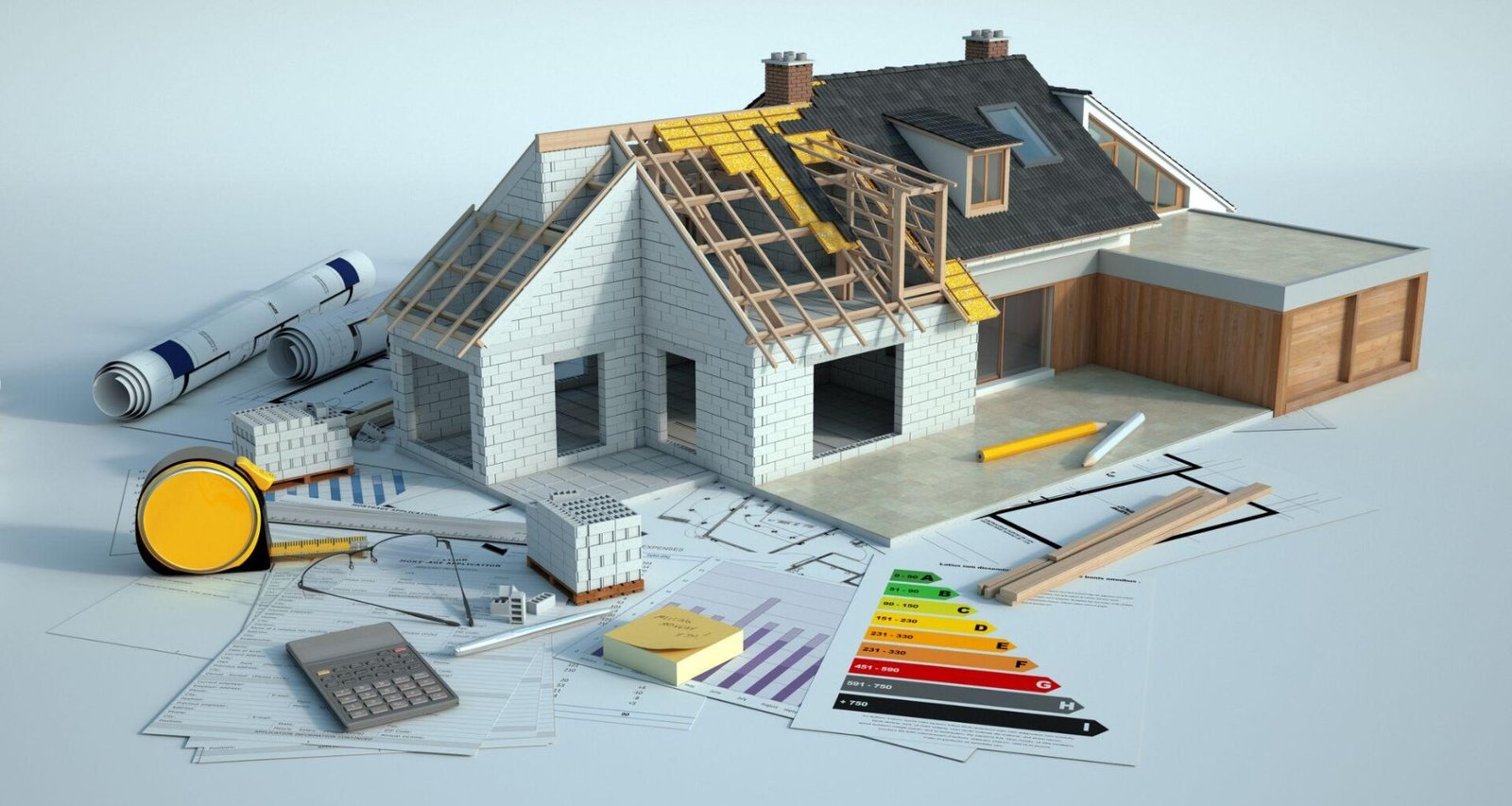Picking a roofing material is more than another item on your renovation checklist, notes leading property management North Philadelphia company, TrustArt Realty. It’s about balancing durability, style, energy efficiency, and climate compatibility—all while keeping your budget in mind. With so many options on the market, each with its strengths and quirks, here’s a guide to help you weigh your choices and find the perfect fit for your roof.
Asphalt Shingles
Asphalt shingles might be everywhere, but they’re no longer your grandma’s basic roofing choice. With various colours and textures, asphalt shingles bring reliability and style, making them a popular option offered by specialists like Sunik Roofing.
- What Makes Them Great: Asphalt shingles are affordable and widely available, and they do their job well, especially in moderate climates. They come in three-tab and architectural styles, giving your roof more texture and personality.
- Drawbacks to Consider: While they’re a budget-friendly choice, asphalt shingles typically last 20–30 years. They may wear down faster if you’re in a region with extreme heat, hail, or high winds. They’re also not the greenest choice, as most are made with petroleum-based products.
Best for: Homeowners looking for affordability and versatility without sacrificing style.
Metal Roofing
Metal roofs are all about strength and sustainability. They’ve evolved from corrugated panels to sleek options that suit rustic and modern designs. Metal’s reflective properties can also give you an edge in energy efficiency, making it a smart choice for eco-conscious homeowners.
- Pros: Metal roofs last 40–70 years, depending on the material, and they’re practically impervious to rot, insects, and fire. They also help with energy savings by reflecting sunlight, which can make a difference in hotter climates.
- Cons: That durability comes at a price—metal roofs are an investment upfront. Plus, they can be noisy in heavy rain (though soundproofing can help) and may expand or contract with temperature changes, leading to occasional creaking.
Best for: Homeowners seeking an energy-efficient, long-term solution ready to weather the elements.
Wood Shakes and Shingles
Wood roofing—particularly cedar shakes and shingles—brings rustic charm with natural insulation. Wood roofs age gracefully and are ideal for cottages and craftsman-style homes, developing a silvery patina that adds character over time.

- What Makes Wood Stand Out: Besides looking great, wood is a natural insulator, keeping your home warmer in winter and cooler in summer. Sustainably sourced wood roofing is a solid choice for those focused on eco-friendly options.
- What to Watch Out For: Wood requires regular treatments to prevent rot, mould, and insect damage. And while some wood roofs can be treated to resist fire, they’re generally not ideal for fire-prone areas. Proper maintenance is key to extending the lifespan of wood shingles. For more detailed upkeep tips, check out Architectural Digest’s guide on roofing maintenance, which covers essential care practices to keep your roof in top condition.
Best for: Homeowners who love the natural look and don’t mind the upkeep.
Slate Roofing
Slate roofs are the definition of “built to last.” A slate roof can outlive the house, lasting 75–100 years or more if installed properly. The look is timeless and naturally elegant, making it a frequent choice for historic or high-end homes.
- High Points: Slate is virtually indestructible and highly fire-resistant, which adds peace of mind. Each tile is unique, so slate roofs have a beautiful, one-of-a-kind appearance that ages gracefully over decades.
- Things to Note: Slate is one of the heaviest roofing materials, so your home must be structurally sound to support it. It’s also costly to install, and repairs can be pricey due to the specialized skills required.
Best for: Homeowners who want a long-term, luxurious option and are willing to make the initial investment.
Clay and Concrete Tiles

Known for their bold look and excellent heat resistance, clay and concrete tiles are a staple in warm climates. They’re a go-to in Mediterranean-style architecture but are also popping up in modern homes.
- Pros: Clay and concrete tiles can withstand extreme heat and are highly fire-resistant. They’re also incredibly durable, often lasting 50–100 years with minimal upkeep. Plus, they’re eco-friendly and can be recycled.
- Cons: Both clay and concrete are heavy, so your roof structure needs to handle the load. These materials can be brittle under impact and don’t come cheap.
Best for: Homeowners in hot climates seeking a distinct look with enduring strength.
Synthetic Roofing
Synthetic roofing materials, like composite shingles, are engineered to look like more expensive materials—such as slate or wood—without the high cost or heavy weight. Made from plastic, rubber, or polymer, synthetic roofs offer versatility at a lower price point.
- What’s Good About It: Synthetic roofs are lightweight, affordable, and can replicate the look of other premium materials without breaking the bank. They’re also durable and stand up well to UV exposure, high winds, and impact.
- The Catch: Synthetic materials don’t have as long a track record as other options, so long-term performance can be uncertain. Some materials may fade over time, and their environmental impact varies depending on the product.
Best for: Budget-conscious homeowners who want the look of high-end materials with low maintenance.
Which Roofing Material Fits Your Needs?
Here’s a quick guide to help you match a roofing material to your priorities:
- On a Budget? Go with asphalt shingles.
- Eco-Focused and Energy-Efficient? Try metal roofing.
- After Natural Charm? Wood shingles or shakes add rustic appeal.
- Long-Term Durability? Slate is your best bet for longevity.
- Hot Climate? Clay or concrete tiles thrive in high heat.
- High-End Looks on a Budget? Synthetic roofing gives you premium vibes without the premium cost.
The right roofing material impacts your home’s curb appeal, resale value, and energy efficiency. With a clear grasp of each option’s benefits and challenges, you can select a material that suits your style, budget, and performance goals. From the elegance of slate to the affordability of asphalt, choosing carefully will bring enduring value to your home.










